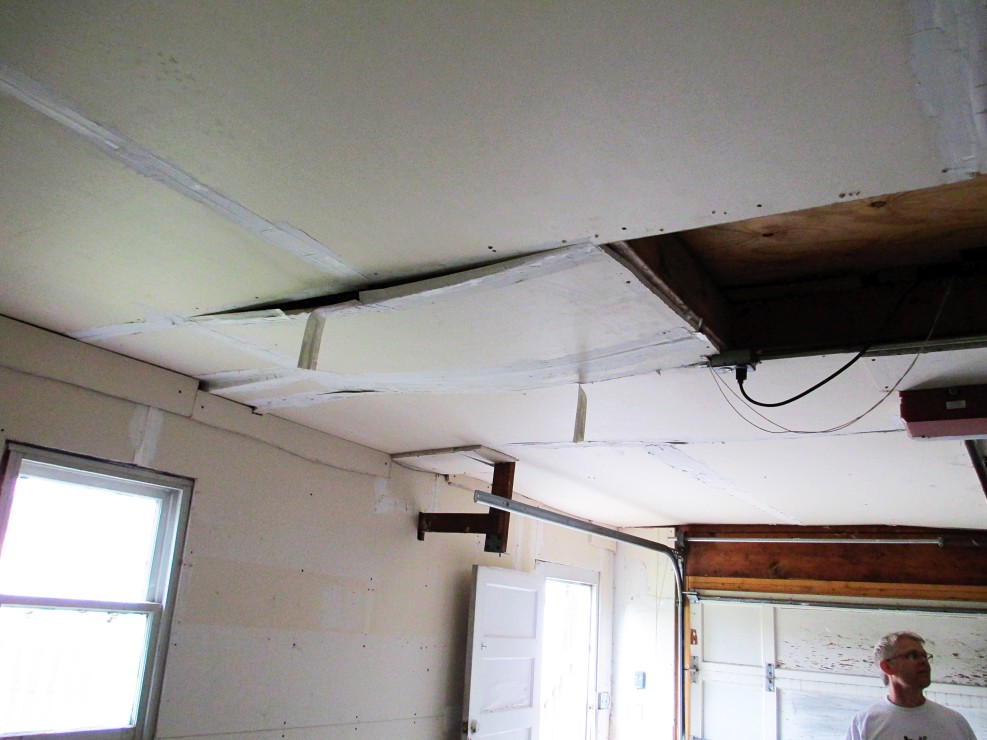 How Professionals Can Completely Dry Up Your Home After Water Damage
How Professionals Can Completely Dry Up Your Home After Water Damage
Water damage leads to possible losses caused by water encroaching places where it causes destructive processes on materials or system such as bacteria growth, rusting of metals, wood damage, mold growth and a lot of other damages.
There are a lot of ways that can lead to water damage in your home, it can be from a broken pipe or a broken water hose, an overflow in the washing machine, a leakage in dishwasher, building envelope failure [such as leaking roof, windows, doors, siding] and clogged toilet.
It is actually difficult not to panic when a drain backs up or when there is a busted pipe but first you should locate the stop valve of the main water and turn it off.
The environment and protection agency said 13.9% of all water used in the water is attributed to possible plumbing leaks.
HOW LONG DOES IT TAKE TO COMPLETELY DRY OUT WATER DAMAGE?
There are several factors that affect how long it will take for water damage to dry. The space area has to be considered, a smaller area will dry faster than a larger area.
More: Water Extraction from Affinity Bio Solutions
WHAT TO DO WHEN THERE IS WATER DAMAGE
- CALL A PROFESSIONAL: The first step is to get a professional to handle the water damage by extracting as much water as possible using professional vacuums and pumps to extract excess water from your home especially the furniture, the carpets and the floors.
- REMOVAL: When attenuating an area, it is critical to remove wet carpet and furniture. It is possible to save the dried carpet but if the flood was caused by a backup in the sewer, it will be thrown away. This is usually a hefty job best for professionals only.
- EVAPORATING: During the flood, there are water saturations around the wood frame, the dry wall and subfloors. In order to minimize the growth of mold and bacteria, they will be dried out fast.
- NEXT IS TO DEHUMIDIFY. During evaporation, the level of humidity increases, so air moisture must be removed. There are industrial dehumidifiers that are best for the job because they are powerful and fast. If you are in a dry climate area where the humidity outside is lower than the inside, you can open the doors and windows but ensure to close them once the humidity outside rises.
- USING HEAT: Be sure that your furnace and air conditioning units were not flooded because they can cause contamination; warm air can also help dry things quickly, so you can turn on heat to speed the drying process.
- DISINFECTING: Drying the house is not the only part of dealing with an aftermath of flood. Disinfecting the area is very important and it should be done properly to prevent possible growth of mold and removal of harmful biological microbes and contaminants. The use of industrial-strength disinfectants and equipment for complete restoration and to return your home to its original condition. After the process has been completed, you can begin to repair and rebuilding ( if required)
Related: Flood Facts, Tips and Info on Flood insurance
